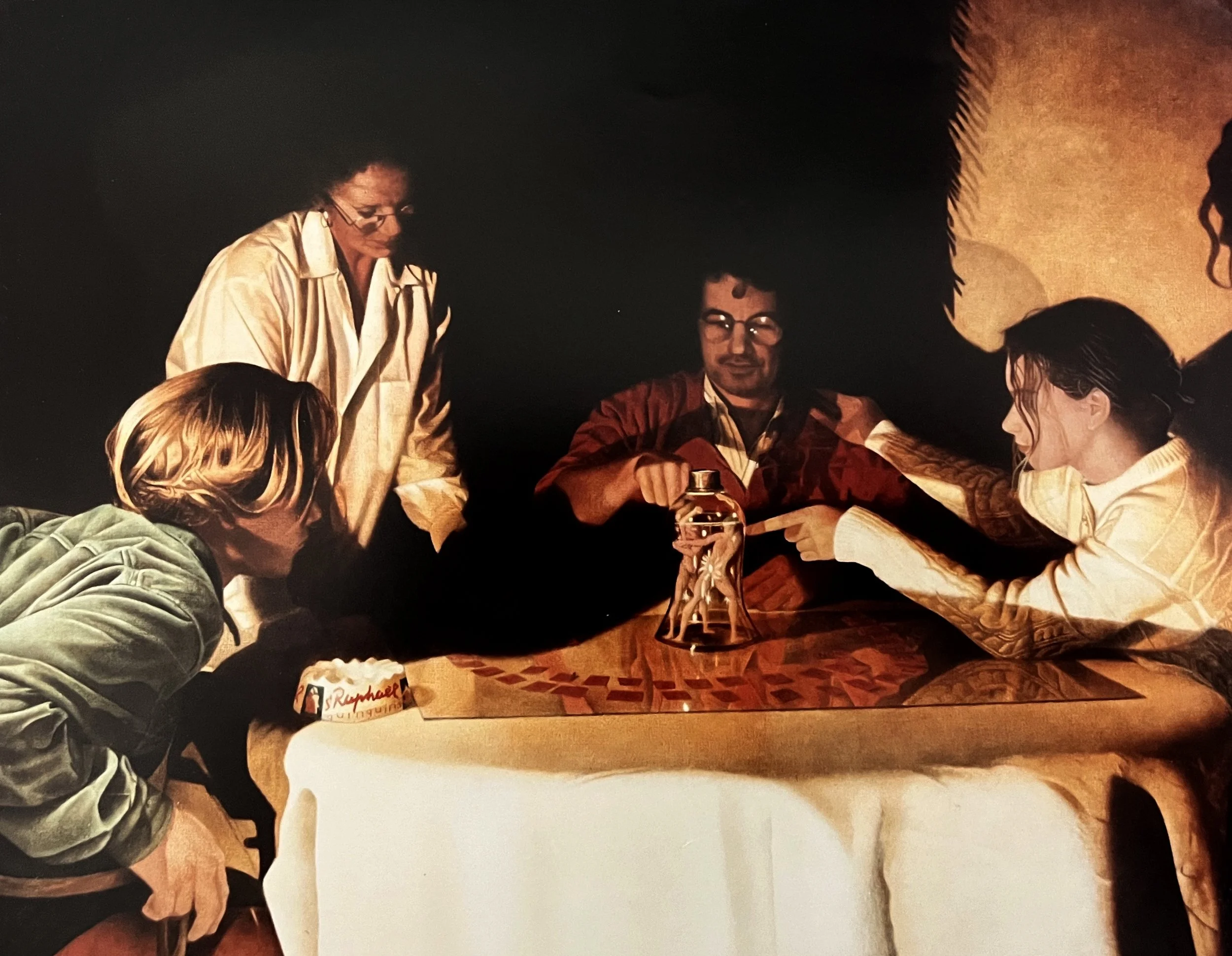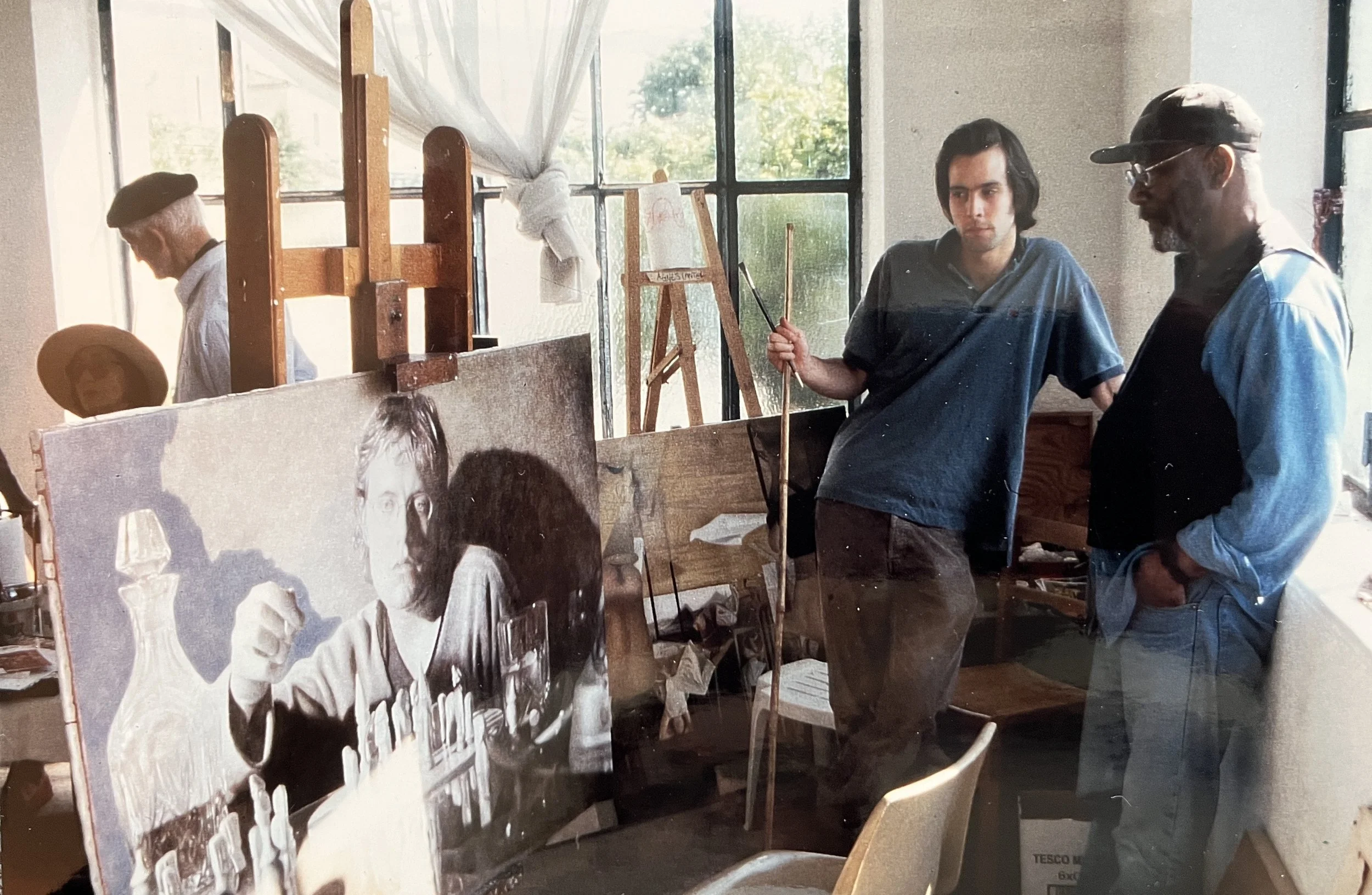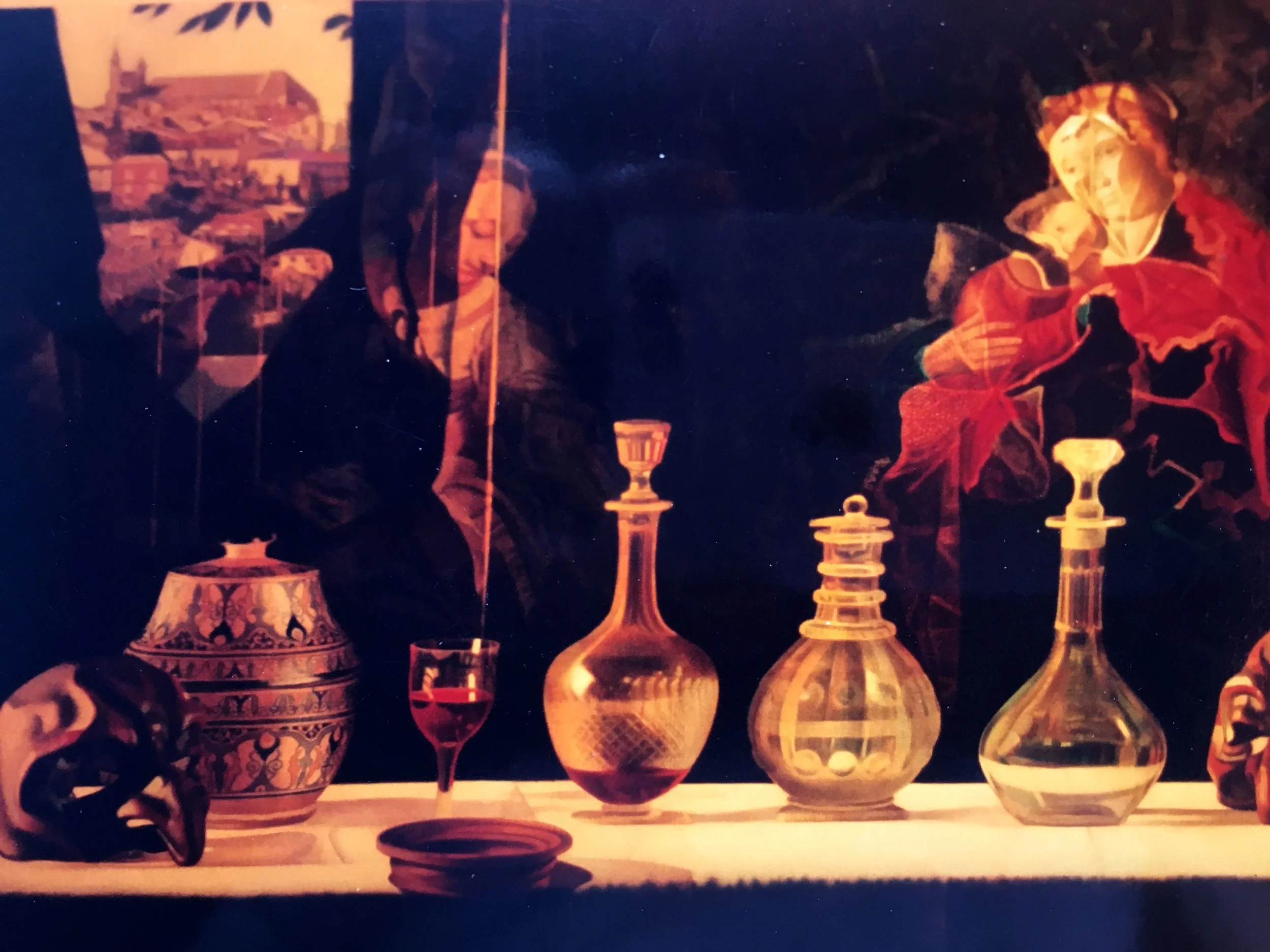
My time at the Atelier Neo Medici with Patrick Betaudier
In two years of study, I devoted myself entirely to just three paintings.



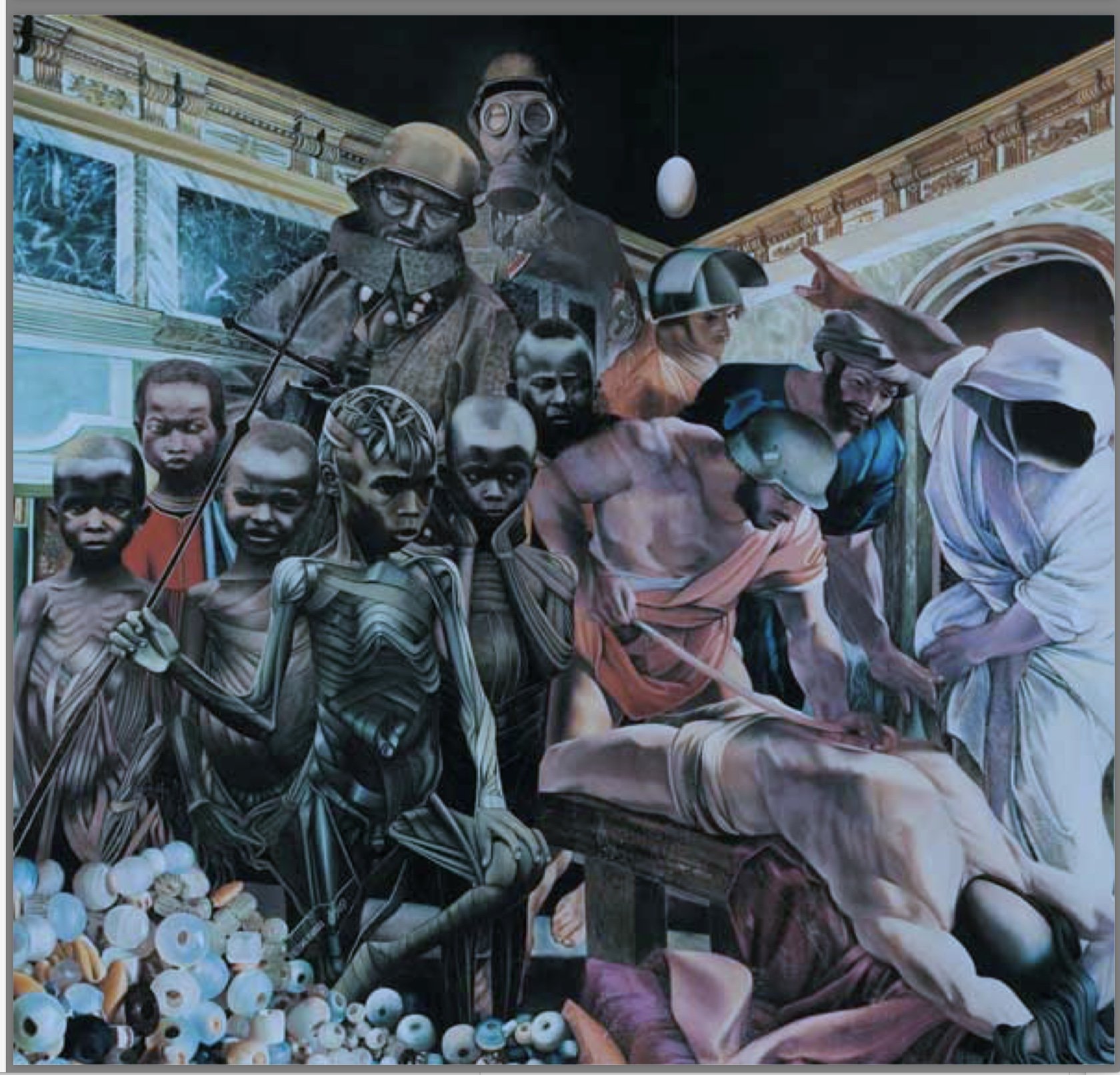

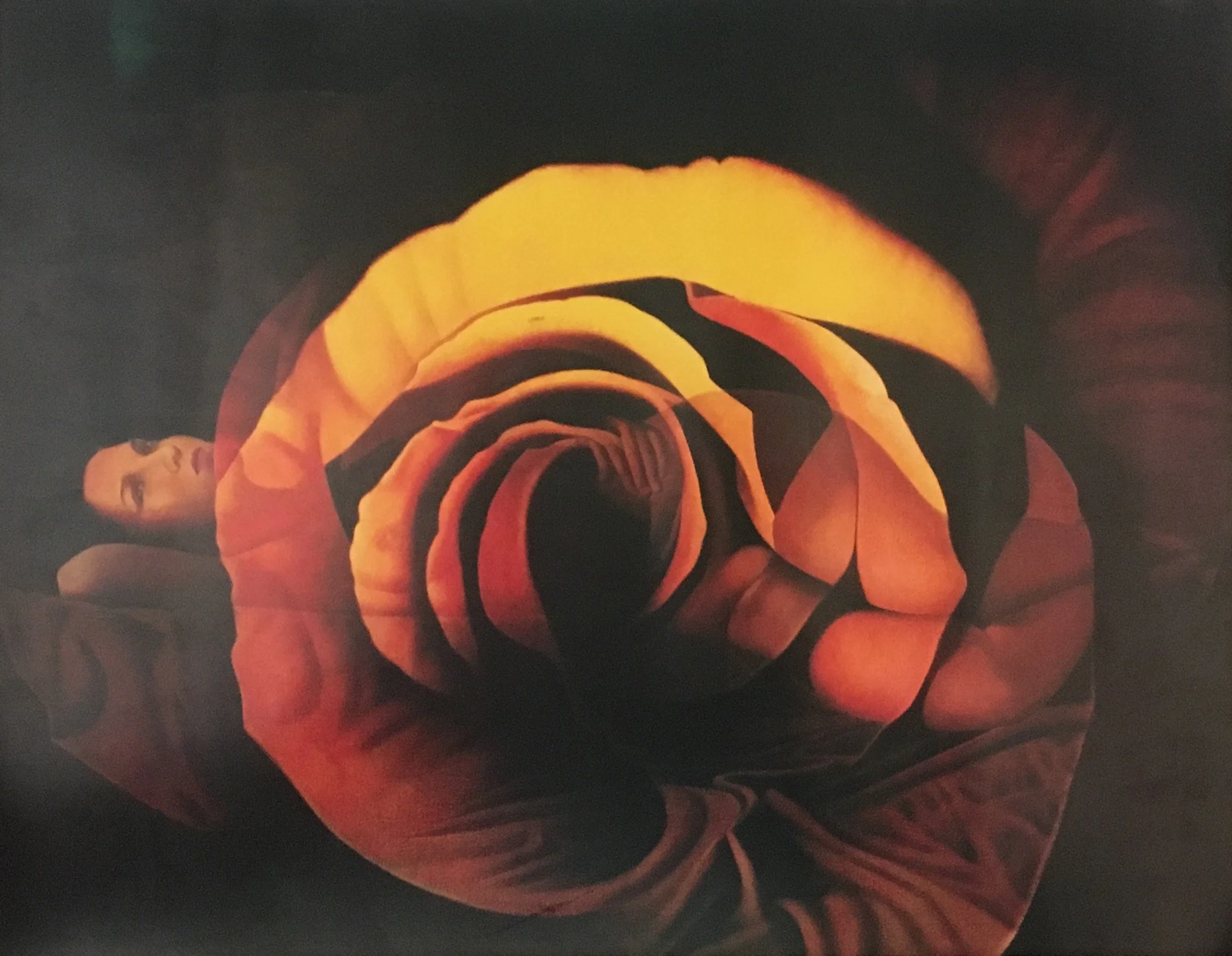
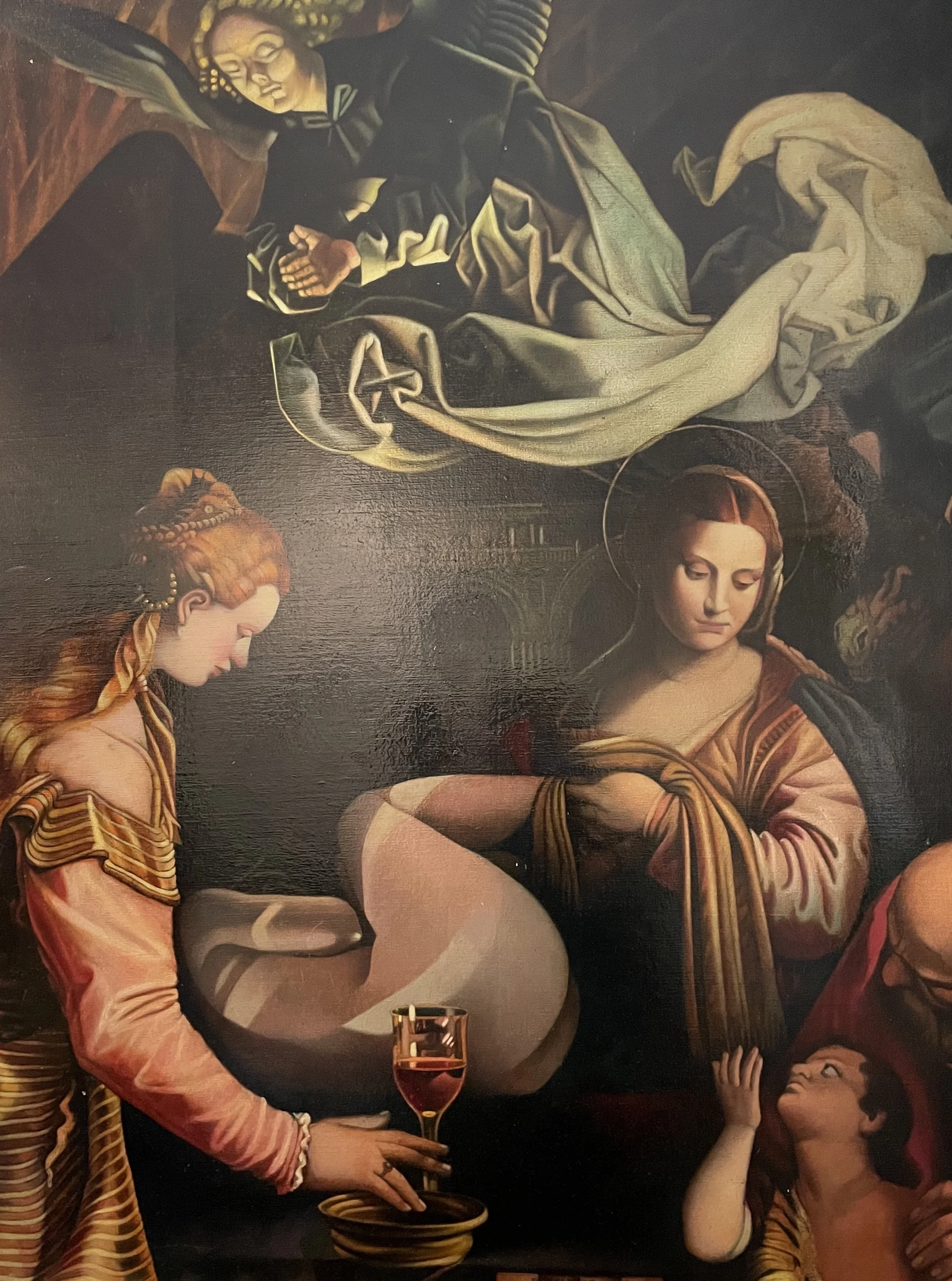
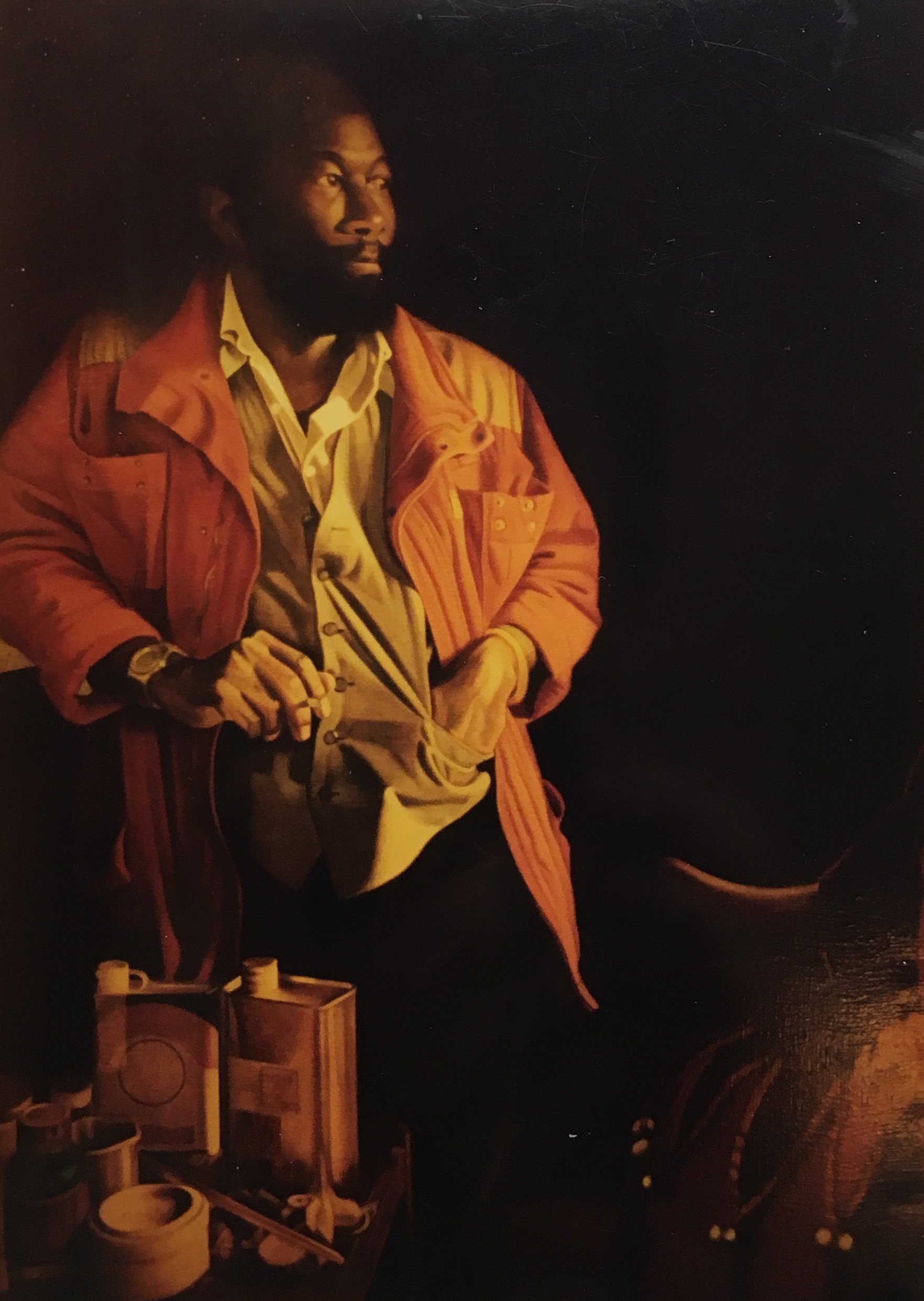

My Training at the Atelier Neo Medici
In 1994, at the age of twenty-one, I had the extraordinary fortune to meet Patrick Betaudier, the Old Master who would forever change the course of my life. A personal introduction led me to move to the medieval village of Monflanquin, in southwest France, where I boarded with a local family and studied daily at Patrick’s Atelier Neo Medici.
Patrick taught an ancient painting method known as the Technique Mixte, a subtle fusion of tempera and oil painting first practised by artists such as Vermeer and Caravaggio. Few artists or historians today fully understand this technique, but Patrick had dedicated his life to researching and reviving it. Born in Trinidad and living in France since his twenties, he was already in his late sixties when he accepted me as his only full-time student.
The Atelier was unlike anything I had experienced during my art foundation year at the University of the West of England. There was a method and a process for everything; from the grinding of pigments to the layering of glazes. For two intense years I lived and breathed painting, often working late into the night, as Patrick and I “burned the midnight oil” in the quiet of the studio.
Patrick’s teaching was both profound and exacting. He would spend hours discussing the optical balance of colours, the movement of light, or the soft transitions that give form to flesh. Often, I would watch as he took the brush to my canvas, undoing hours of work to reveal a deeper lesson beneath the surface. At first, this was hard to accept, but I came to understand that destruction was often part of creation. Patrick did not just teach me how to paint — he taught me how to see.
Life in Monflanquin at that time revolved around the Atelier. The village buzzed with conversations about painting, people greeting one another in the streets would soon find themselves discussing underpaintings, glazes, or the “working up of the whites.” Exhibitions at the end of each session became lively events that drew crowds from across the region, eager to see the luminous, mirror-like paintings created in that little workshop.
Patrick was a scholar as much as an artist. He had spent years in libraries studying ancient manuscripts and recording his discoveries in what he called his “Bible”, a notebook of references detailing every nuance of colour and light. He often quoted sayings that still echo in my mind today:
“Do as much as you can in the beginning; you will certainly have enough to do at the end.”
“The drawing should be finished at all stages.”
“Never is flesh so glowing as when surrounded by blue.”
Even after my two-year apprenticeship ended, I continued to visit Monflanquin to work with Patrick on advanced glazing techniques. We remained in touch until his passing in 2008.
Patrick’s influence shaped not only my technique but my philosophy as an artist. He taught me that art is a dialogue between observation, patience, and devotion, that every brushstroke must be both an act of understanding and of faith. The time I spent at the Atelier Neo Medici remains the cornerstone of my career, the foundation on which all my later work has been built.


